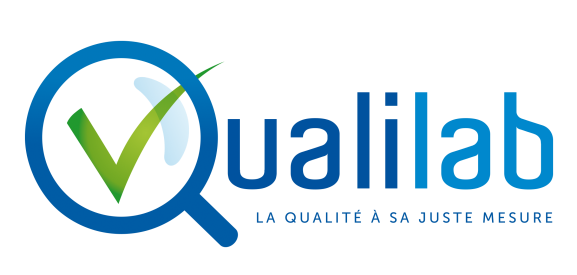
RIS.WORLD transition
Chers Clients,
Tout d’abord, merci pour votre confiance et votre soutien au cours de ces dernières années.
Dans le cadre d’une restructuration, la société White-Tillet quitte le groupe Neovix Biosciences pour rejoindre Biofortis.
Les activités de White-Tillet sont désormais intégrées au sein de la société Qualilab (filiale de Biofortis) dans un pôle de compétences dédié aux activités réglementaires, en complément des 5 autres pôles compétences: Management de la qualité, qualification/validation (informatique, analytique…), système d’information, analyse de données, formation (certification Qualiopi).
Partageant des valeurs communes de qualité de service, de pilotage de projet centré sur vos besoins et votre satisfaction, d’innovation et d’esprit d’équipe, nos équipes s’engagent à assurer cette transition sans impact sur les prestations en cours.
Nous sommes convaincus du fort potentiel de synergies apporté par ce rapprochement. Cette intégration au sein de Biofortis nous permettra d’enrichir nos domaines d’expertise et de vous accompagner dans le développement, l’enregistrement et la gestion de vos produits de santé : médicaments, thérapies innovantes, dispositifs médicaux (DM), dispositifs médicaux de diagnostic in vitro (DMDIV), produits combinés et produits frontières.
Dans ce contexte, le site RIS.WORLD est désactivé jusqu’à nouvel ordre.
Pour nous contacter ou suivre notre actualité, nous vous invitons à consulter le site suivant Qualilab
Toute notre équipe reste à votre disposition pour répondre à vos questions et est pleinement mobilisée pour poursuivre notre collaboration avec vous.
Bien cordialement,
L’équipe Qualilab
Dear Clients,
First of all, thank you for your trust and support over the past years.
As part of a restructuring, the company White-Tillet is leaving the Neovix Biosciences group to join Biofortis.
White-Tillet’s activities are now integrated into the company Qualilab (a subsidiary of Biofortis), within a dedicated regulatory affairs division of expertise. This complements the five other areas of expertise: Quality Management, Qualification/Validation (IT, analytical, etc.), Information Systems, Data Analysis, and Training (Qualiopi-certified).
Sharing common values of service quality, project management focused on your needs and satisfaction, innovation, and team spirit, our teams are committed to ensuring a smooth transition, without any disruption to ongoing services.
We are confident in the strong potential for synergy brought by this integration. Being part of Biofortis will allow us to further expand our areas of expertise and support you in the development, registration, and management of your health products: medicines, advanced therapies, medical devices, in vitro diagnostic medical devices (IVDs), combination products, and borderline products.
As part of this transition, the website RIS.WORLD is being discontinued until further notice.
To contact us or stay updated on our latest news, please visit Qualilab
Our entire team remains at your disposal to answer your questions and is fully committed to continuing our collaboration with you.
Kind regards,
The Qualilab Team